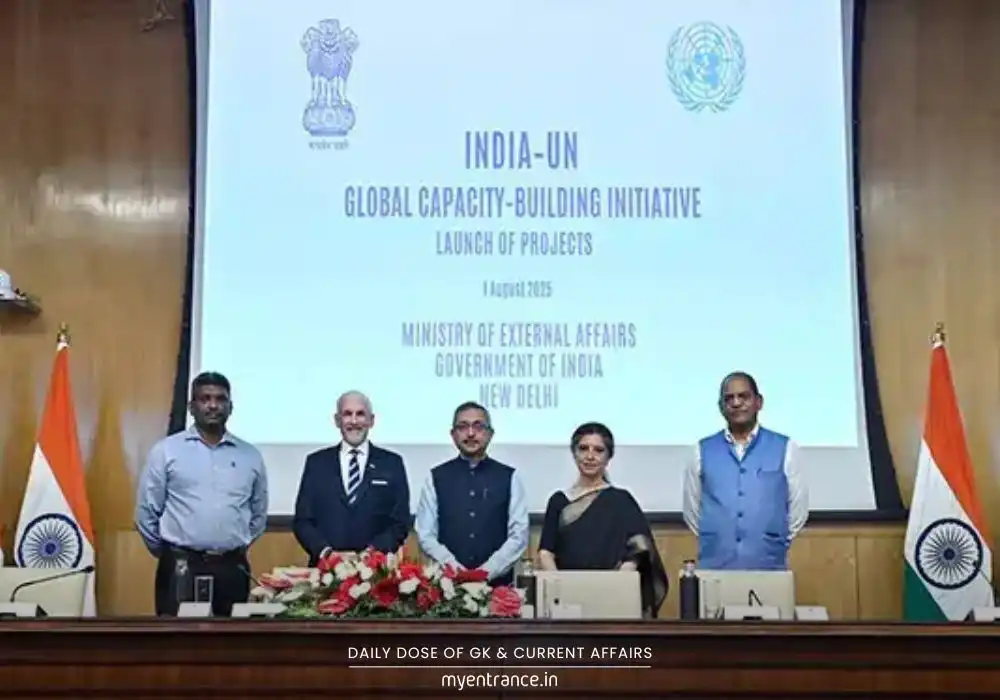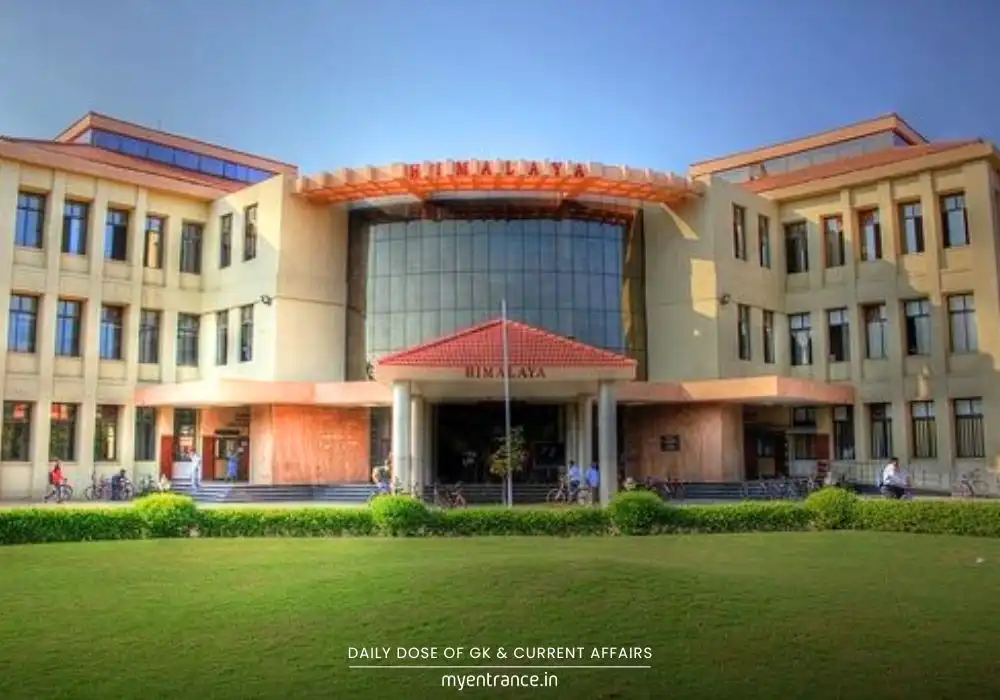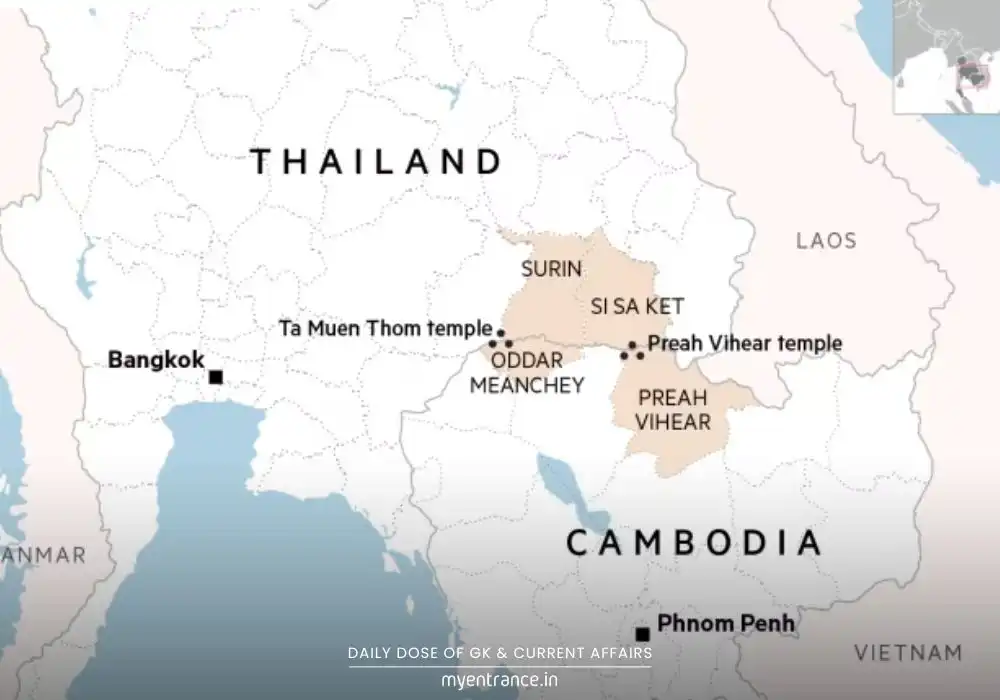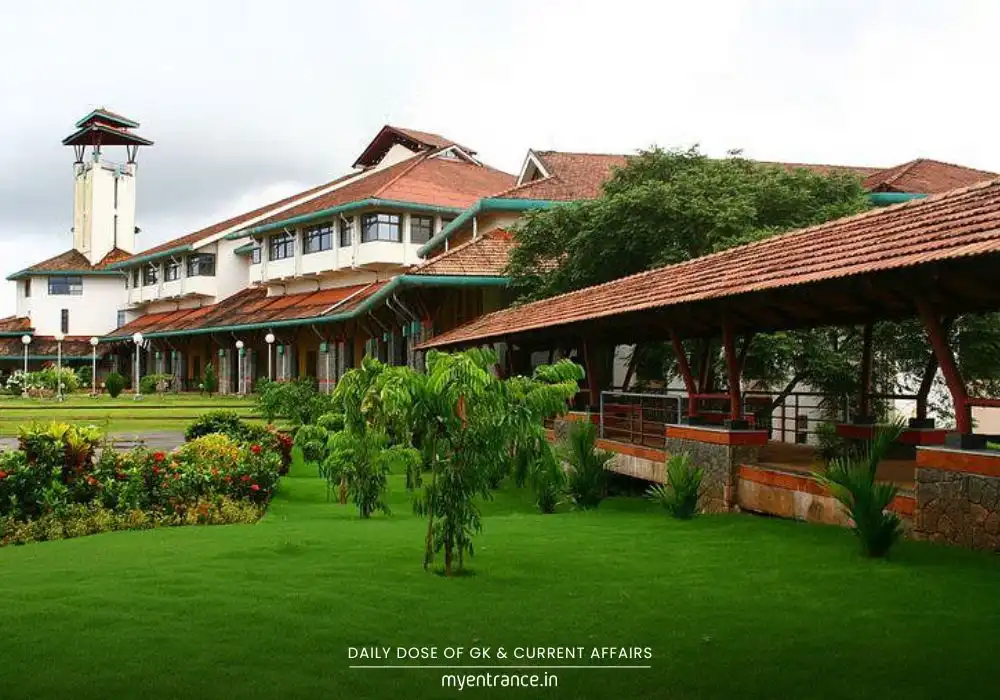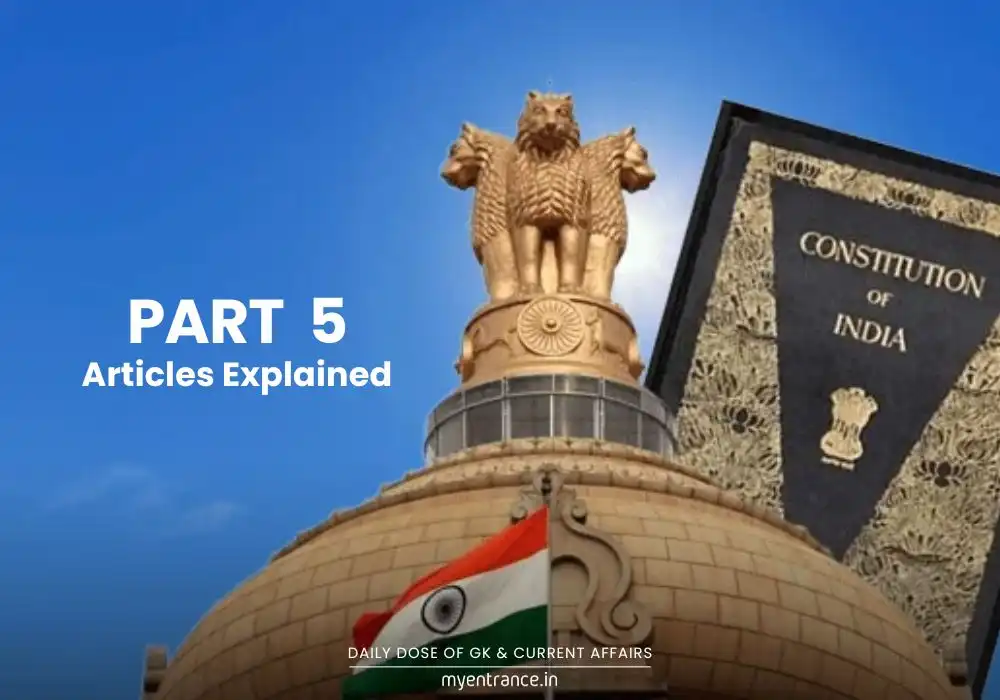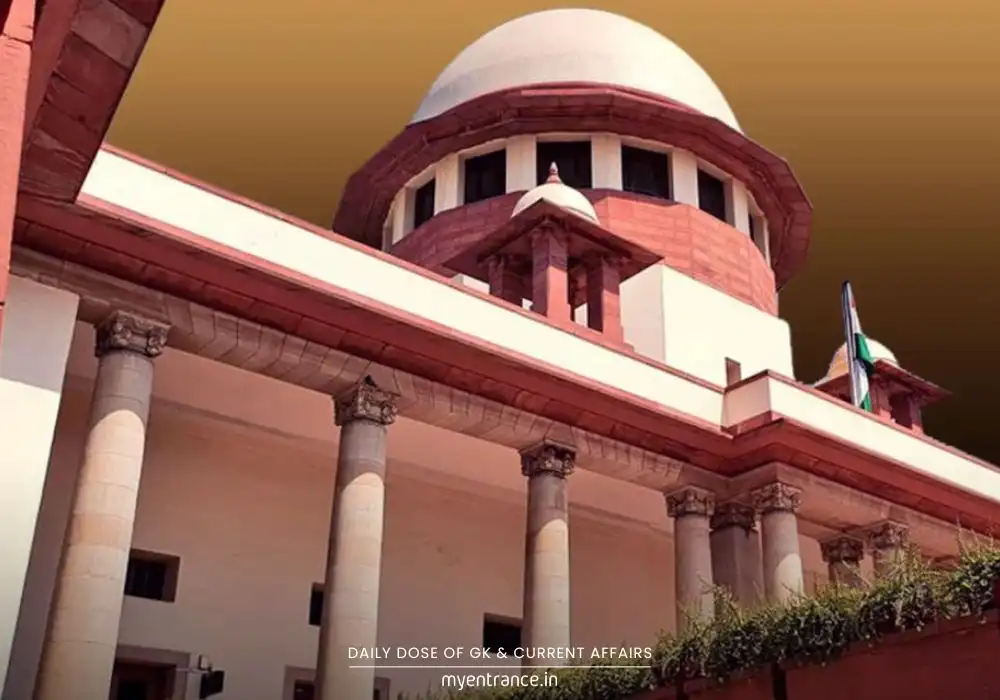Translate Language
How Pingali Venkayya Created India’s National Flag – A Must-Know for Competitive Exams
Every Independence Day, the Indian tricolour symbolizes freedom, unity, and sacrifice. But few remember Pingali Venkayya, the visionary who designed it. His journey—from a small village to creating India’s most revered national symbol—is a story every Indian should know, especially aspirants preparing for competitive exams.
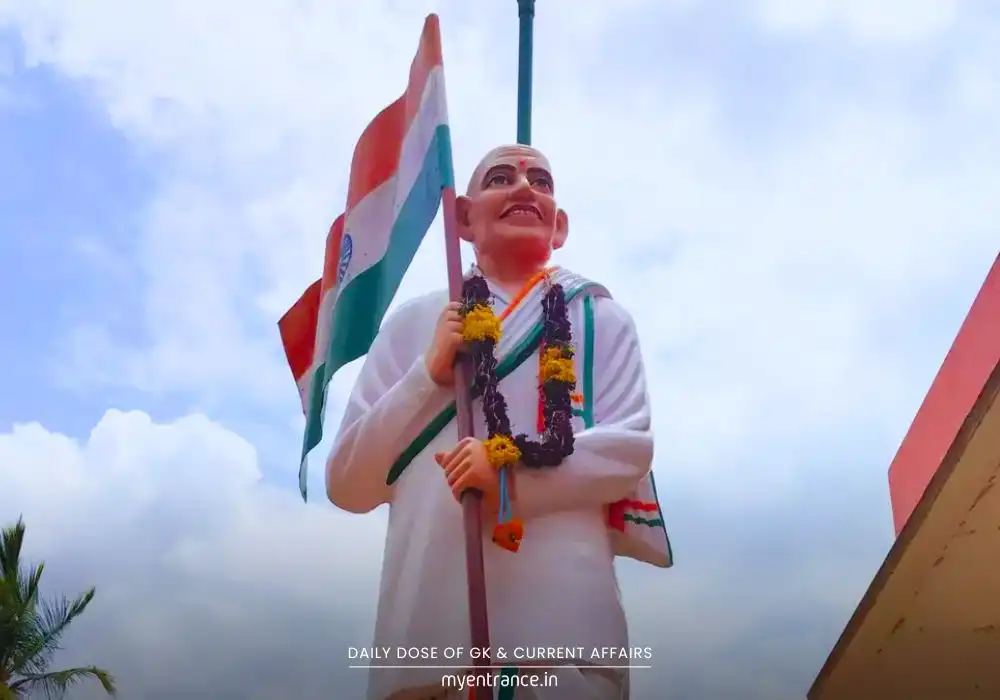
How Did Pingali Venkayya Design the National Flag?
Pingali Venkayya, born on 2nd August 1876 in Andhra Pradesh’s Krishna district, was a scholar, freedom fighter, and linguist. His deep patriotism led him to envision a flag that truly represented India.
Key Milestones in the Flag’s Creation:
Inspiration from South Africa: While serving in the British Indian Army, he met Gandhi during the Boer War. Seeing Indian soldiers salute the British flag disturbed him, sparking the idea of a distinct Indian flag.
Years of Research (1916-1921): He studied 30+ national flags and authored “A National Flag for India”, proposing a design that reflected India’s diversity.
The First Design (1921): Presented to Gandhi in Vijayawada, it featured:
Red and Green stripes (representing Hindus and Muslims).
Later, white was added for other communities, and a Charkha (spinning wheel) symbolized self-reliance.
Evolution to the Tricolour (1931–1947): The Congress adopted a modified version (saffron, white, green). Post-independence, the Charkha was replaced with the Ashoka Chakra, finalizing the flag we know today.
Despite his monumental contribution, Venkayya lived in obscurity and poverty, passing away in 1963 with little recognition.
Why Is This Important for Competitive Exams?
UPSC/SSC/PSC: Questions on national symbols, freedom fighters, and modern Indian history frequently appear.
NID/NIFT: Design and symbolism in national emblems are relevant for creative exams.
KAS/State PSCs: Andhra Pradesh-specific history often includes Venkayya’s legacy.
Exam Questions & Answers
1. Who designed the initial version of India’s national flag?
Answer: Pingali Venkayya.
2. What did the original 1921 flag design include?
Answer: Red (Hindus), Green (Muslims), White (other communities), and a Charkha.
3. When was the current version of the Indian flag adopted?
Answer: 22nd July 1947, by the Constituent Assembly.
4. Which symbol replaced the Charkha in the final flag?
Answer: The Ashoka Chakra (Dharma Chakra).
5. Why is Pingali Venkayya’s contribution significant?
Answer: He created India’s first nationally recognized flag, embodying unity and resistance against colonial rule.
Pingali Venkayya’s story is a testament to unsung heroes of India’s freedom struggle. For exam aspirants, understanding his role isn’t just about history—it’s about appreciating the values woven into our national identity.
Did you find this helpful? Explore more exam-focused articles on MyEntrance.in!
Get 3 Months Free Access for SSC, PSC, NIFT & NID
Boost your exam prep!
Use offer code WELCOME28 to get 3 months free subscription. Start preparing today!
